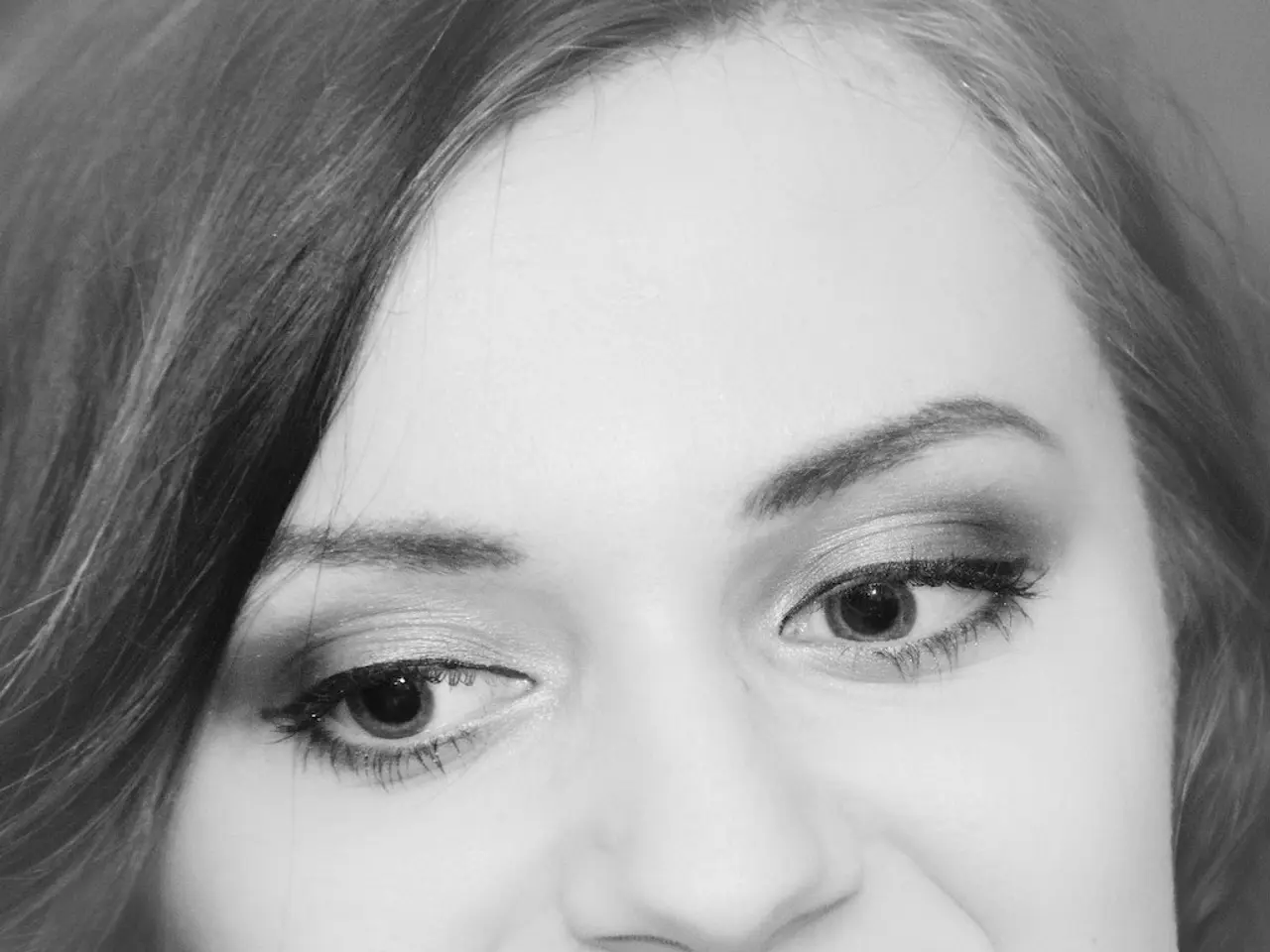New Tool Reveals Political Differences in Nonconscious Visual Responses
Researchers have developed a Remote Data Collection Module that tracks facial expressions and eye movements using a computer's webcam. This tool was recently employed to study the nonconscious reactions of liberals and conservatives to various visual stimuli, revealing intriguing differences and similarities in their responses.
The module, created by unidentified researchers, combines facial expression analysis and eye tracking. It was used to examine reactions to nearly two dozen post-COVID images and videos, including those depicting the Capitol insurrection and Black Lives Matter protests.
Surprisingly, both political groups reacted similarly to certain stimuli. For instance, they shared comparable responses to photos of people visiting family through windows during the pandemic. However, distinct differences emerged when examining specific images. Liberals focused more on weapons in a BLM protest image, while conservatives paid greater attention to the protesters themselves.
The image of Ruth Bader Ginsberg sparked the most polarizing responses, surpassing even those featuring political figures and events. In a victory photo, Kamala Harris drew visual attention more quickly and maintained it longer than Joe Biden, particularly among liberals. Additionally, liberals smiled three times more than conservatives across all stimuli, while conservatives expressed more anger, fear, and sadness.
The Remote Data Collection Module offers a unique and efficient way to gather insights into nonconscious reactions, providing advantages in speed, accessibility, and flexibility. Its application in studying political differences has revealed intriguing findings, highlighting both shared and distinct responses among liberals and conservatives to various visual stimuli.





